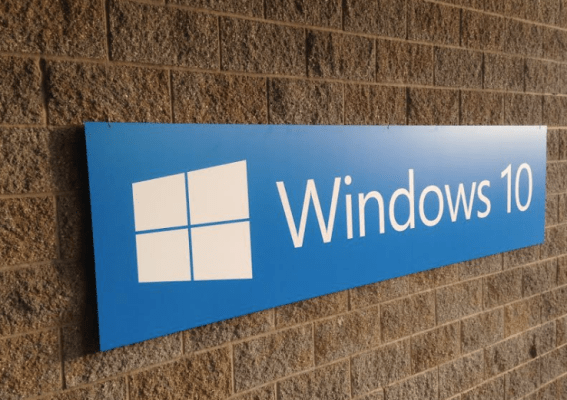Microsoft detailed its efforts today to reduce the footprint of Windows 10, a forthcoming operating system that the software company hopes will run across devices of every screen size. Fitting Windows onto smaller devices, however, is a challenge, given that the operating system isn’t known for having a diminutive footprint.
Windows 10 has two chief methods built into it to reduce its size. Already out in the market in Windows 10 build 9879 is the ability to compress its system files, shrinking the disk space needed to hold the operating system by 1.5 gigabytes for 32 bit builds, and 2.6 gigabytes for 64 bit editions.
In addition, Windows 10 will be able to work without a “separate recovery image,” according to the company, as the operating system’s “Refresh and Reset” features do not require it. That can save, according to the company, 4 to 12 gigabytes.
In the age of infinite cloud storage, it might seem odd to worry about individual gigabytes. But when devices are still often sold that have a mere 16 gigabytes of on-device storage space, these numbers matter. I think that it will be the norm soon, if it is not already, that the average consumer will have far more cloud storage than they do on-prem, as it were — but you still need your operating system stored locally.
Microsoft claims that on an “example” 64 bit Windows 10 machine — with what appears to be 32 gigabytes of space — 6.6 gigabytes can be shaved off of the Windows footprint, compared to a total of 7.8 gigabytes of still-needed storage for the “compressed OS files.” That represents a 45.833 percent reduction in the footprint of Windows 10 using the two methods.
To see Microsoft work to slim Windows 10 while making it more broadly applicable to differing hardware formats is notable, given the company’s history. As journalist Ed Bott pointed out on ZDNet earlier today:
For more than 15 years, the storage corollary to Moore’s Law was Windows’ best friend. Each new version of Windows required more disk space, but hard disks were growing in capacity (and offering faster read/write speeds), so the bloat didn’t matter all that much.
Then things changed, gradually but inexorably, as solid-state storage began to displace conventional spinning disks.
Those two trends have crossed, leaving Microsoft working to dial down Windows 10’s waist.
(There is something ironic about Microsoft at once selling cloud storage, while also working to provide users of its code with as much disk space as possible on their devices.)
Microsoft is set to unveil more of Windows 10 at its Build event in April. Until then, keep your fingers crossed for new builds.
